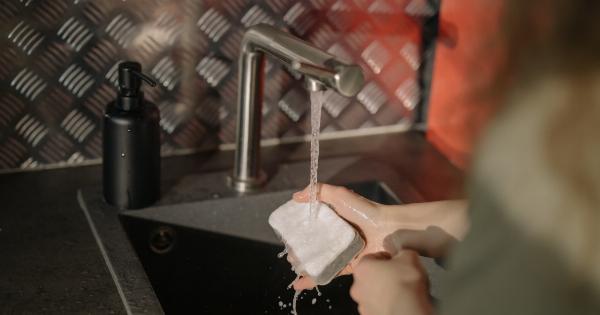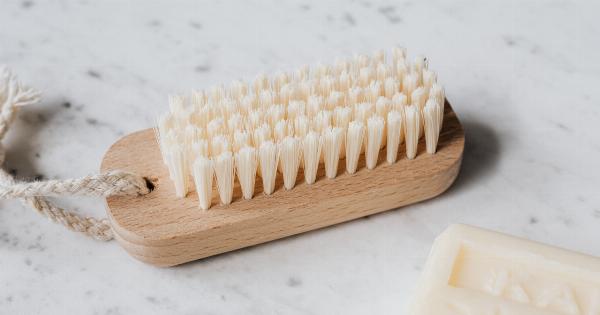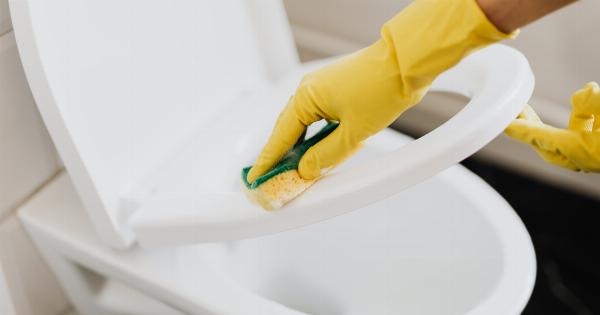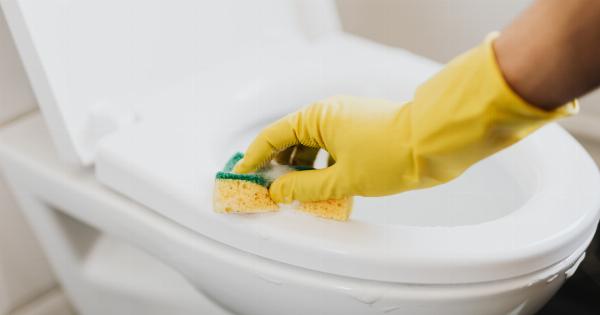Kitchen sponges play a crucial role in keeping our dishes and utensils clean. However, they can also become breeding grounds for harmful bacteria if not replaced regularly.
Knowing the recommended frequency for changing a kitchen sponge is essential for maintaining hygiene and cleanliness in your kitchen. In this article, we will discuss the signs that indicate it is time to change your sponge and provide tips on how to maintain a fresh and bacteria-free sponge.
Why should you change your kitchen sponge regularly?
Before we delve into the recommended frequency for changing a kitchen sponge, let’s understand why it is important to replace them regularly.
Kitchen sponges are constantly exposed to moisture and food particles, creating an ideal environment for bacteria to thrive.
Even with regular rinsing, bacteria can still accumulate in the sponge, increasing the risk of cross-contamination and foodborne illnesses. Over time, sponges can also become torn or worn out, which compromises their efficiency in trapping and removing dirt, grease, and bacteria.
By replacing your kitchen sponge regularly, you can reduce the chances of bacterial growth and minimize the risk of cross-contamination in your kitchen. Now, let’s explore the recommended frequency for changing your sponge.
Factors to consider when determining the frequency
Several factors come into play when deciding how often you should change your kitchen sponge. These factors include:.
1. Frequency of use
The more frequently you use your kitchen sponge, the faster it will wear out and accumulate bacteria. If you use your sponge multiple times a day, it may need to be replaced more often compared to someone who uses it sparingly.
2. Type of sponge
There are various types of kitchen sponges available, including cellulose sponges, abrasive sponges, and silicone sponges. Each type has different longevity and durability.
Abrasive sponges, for example, tend to wear out faster compared to cellulose sponges. Consider the type of sponge you are using when determining the recommended frequency for replacement.
3. Cleaning habits
Your cleaning habits also impact the lifespan of your kitchen sponge. If you rinse your sponge thoroughly after each use and allow it to dry completely, you can extend its usability.
However, if you often leave your sponge in a damp or soapy environment, it will deteriorate faster, requiring more frequent replacements.
Signs it’s time to change your kitchen sponge
While the recommended frequency for changing a kitchen sponge can vary, there are several signs that indicate it’s time for a replacement:.
1. Foul odor
If your sponge starts emitting a foul or unpleasant odor, even after rinsing, it is a clear sign that bacteria have taken over. The smell is a result of bacterial growth within the sponge and indicates the need for a fresh, clean sponge.
2. Discoloration or stains
Over time, kitchen sponges can become discolored or develop stubborn stains. This discoloration indicates the presence of bacteria, mold, or mildew, making it crucial to discard the sponge and replace it with a new one.
3. Wear and tear
Inspect your sponge regularly for signs of wear and tear. If your sponge is falling apart, has holes, or the abrasive side is significantly worn down, it’s time for a replacement.
A worn-out sponge loses its efficiency in cleaning and can even scratch delicate surfaces.
4. Non-responsive when cleaned
If your sponge remains dirty or grimy even after thorough cleaning, it means that it has reached the end of its lifespan. A sponge that no longer responds to cleaning efforts is an indication that it can no longer effectively remove dirt and bacteria.
How often should you change your kitchen sponge?
Considering the factors mentioned above and the signs indicating a worn-out sponge, it is generally recommended to change your kitchen sponge every 1-2 weeks.
This frequency ensures that you maintain a hygienic and bacteria-free environment in your kitchen.
However, it is important to note that certain circumstances may warrant more frequent sponge replacements.
If someone in your household has been ill, if you have used the sponge for cleaning raw meat, or if the sponge has come into contact with harmful chemicals, it is advisable to replace it immediately to prevent the spread of bacteria or contamination.
Tips to maintain a fresh and bacteria-free kitchen sponge
While regular replacement is necessary, there are several tips you can follow to maintain a fresh and bacteria-free kitchen sponge:.
1. Rinse thoroughly
After each use, rinse your kitchen sponge thoroughly with hot water to remove food particles, soap residue, and bacteria. Squeezing out excess moisture will also help in preventing bacterial growth.
2. Microwave disinfection
Once or twice a week, you can disinfect your sponge by placing it in the microwave for 1-2 minutes. The heat will kill most bacteria and help maintain a cleaner sponge. Make sure the sponge is damp before microwaving it to prevent any fire hazards.
3. Air dry properly
Allow your sponge to air dry completely between uses. Damp environments promote bacterial growth, so it is important to store the sponge in a well-ventilated area where it can dry out easily.
4. Avoid using sponges for certain tasks
Using the same sponge for all cleaning tasks can lead to cross-contamination. Avoid using your kitchen sponge to clean up raw meat juices or to wipe down chemical spills.
It is best to reserve specific sponges for these tasks or use disposable wipes for more hazardous substances.
5. Consider alternative options
If you’re concerned about bacteria buildup or the longevity of traditional kitchen sponges, you can explore alternative options.
Silicone sponges or dish brushes with removable heads are easier to clean and can be hygienic alternatives to traditional sponges.
Conclusion
Maintaining a clean and bacteria-free kitchen sponge is essential for promoting hygiene and preventing cross-contamination.
By following the recommended frequency for changing your kitchen sponge every 1-2 weeks, along with practicing proper cleaning and drying techniques, you can ensure a safer and more hygienic kitchen environment. Regularly inspect your sponge for signs of wear and tear, foul odor, or discoloration, and replace it immediately when needed to maintain optimal cleanliness.


























